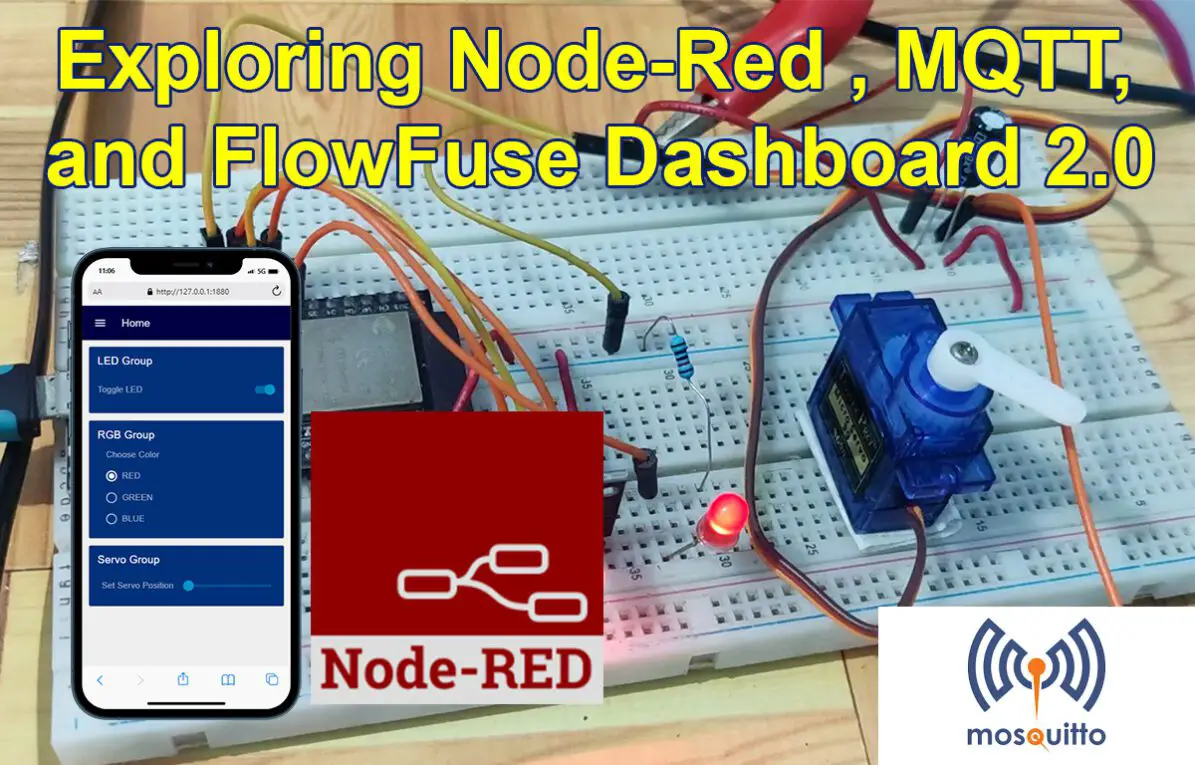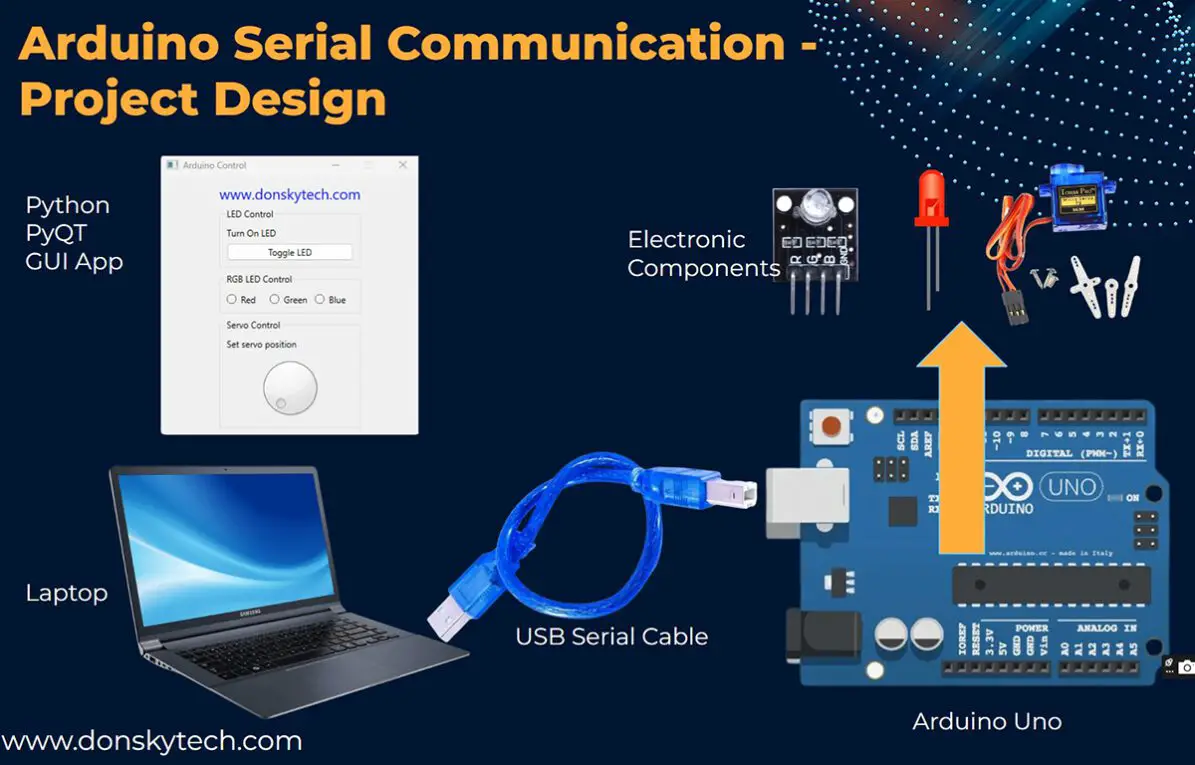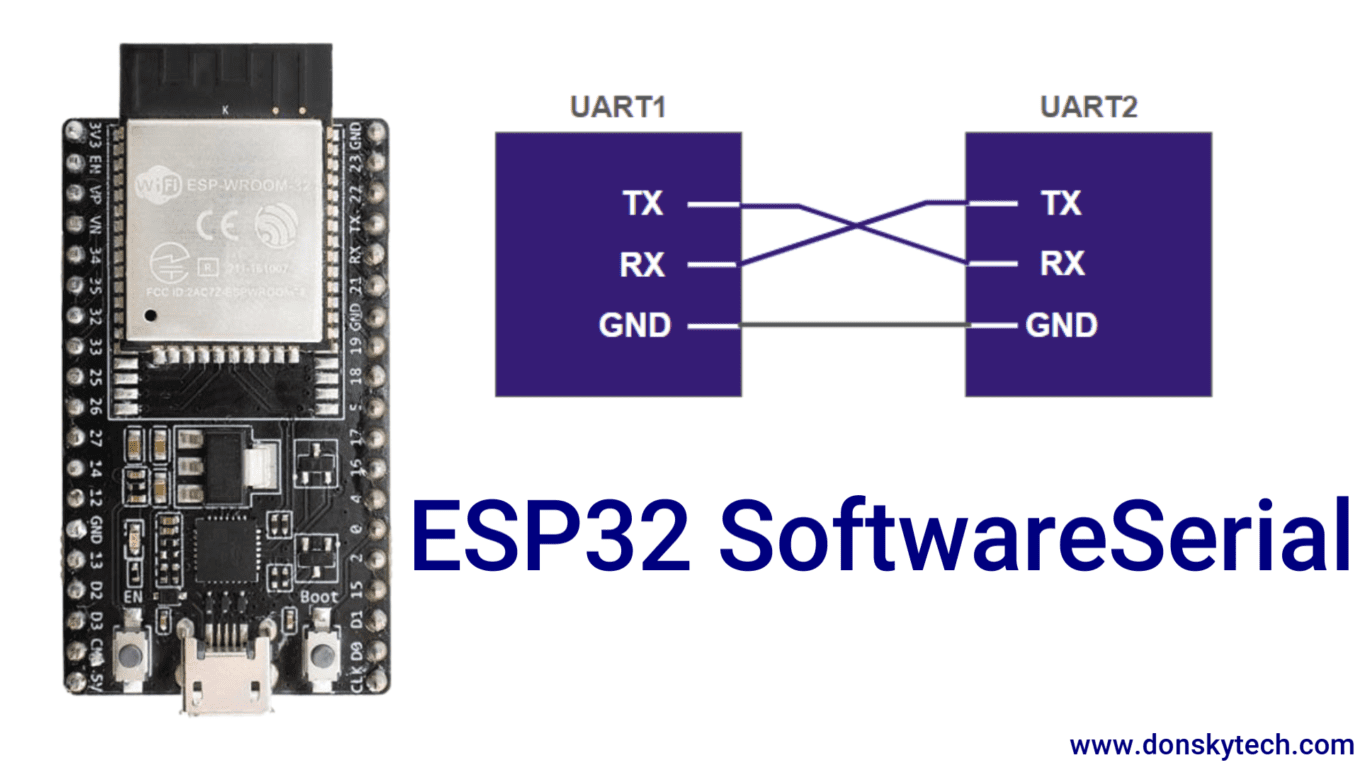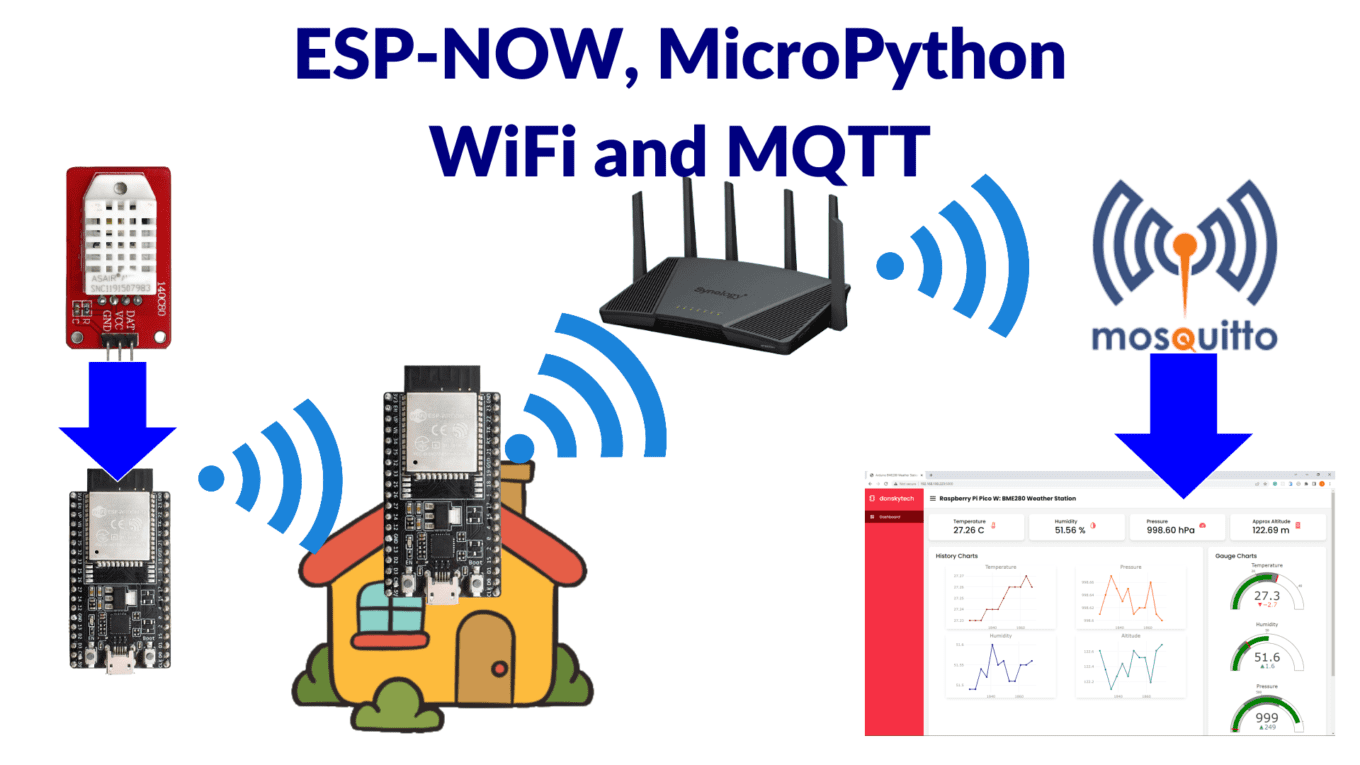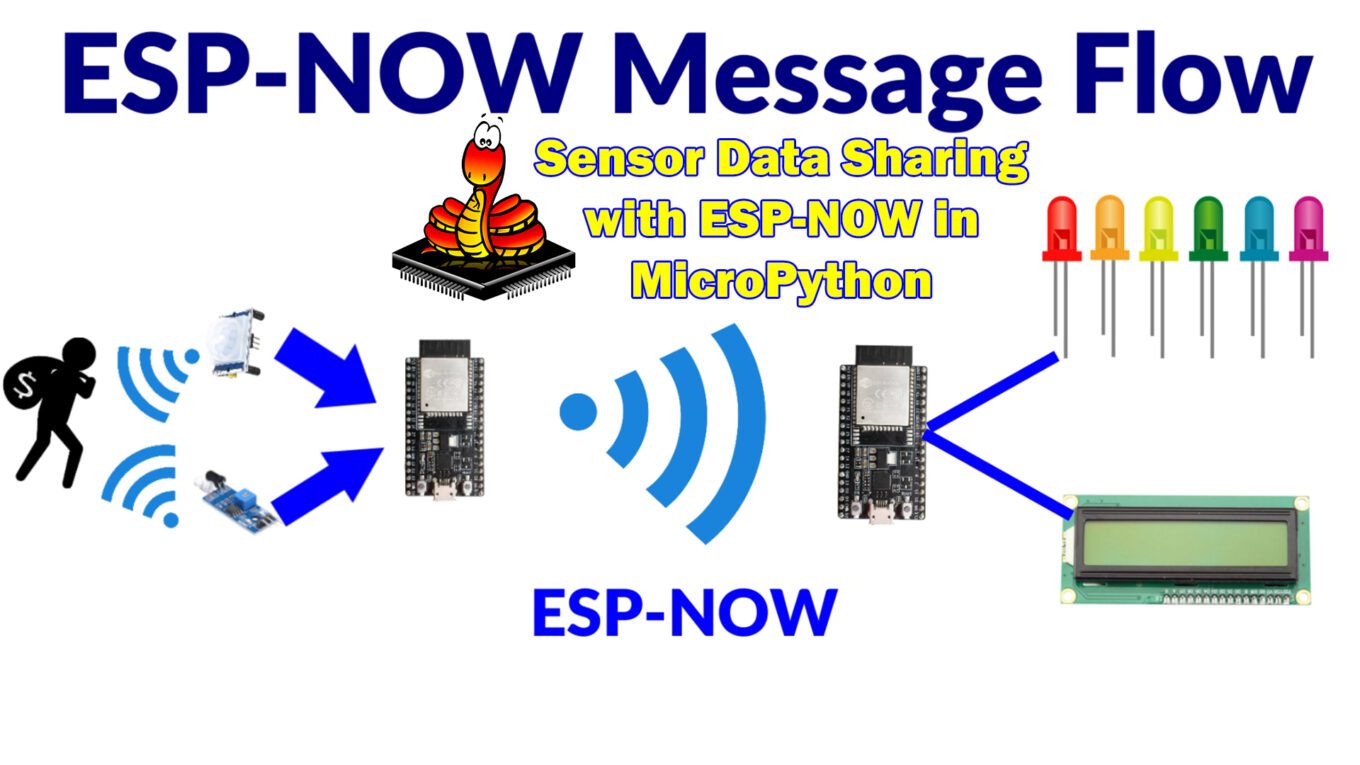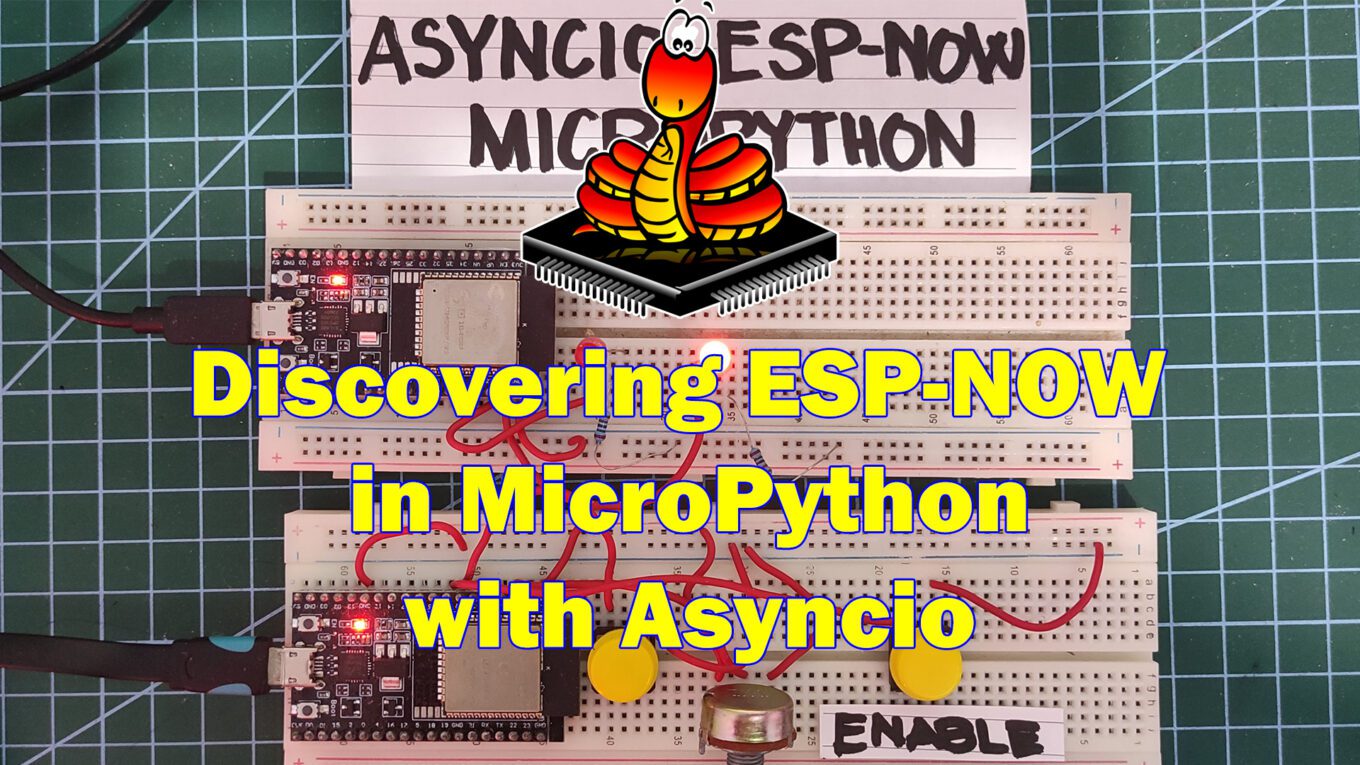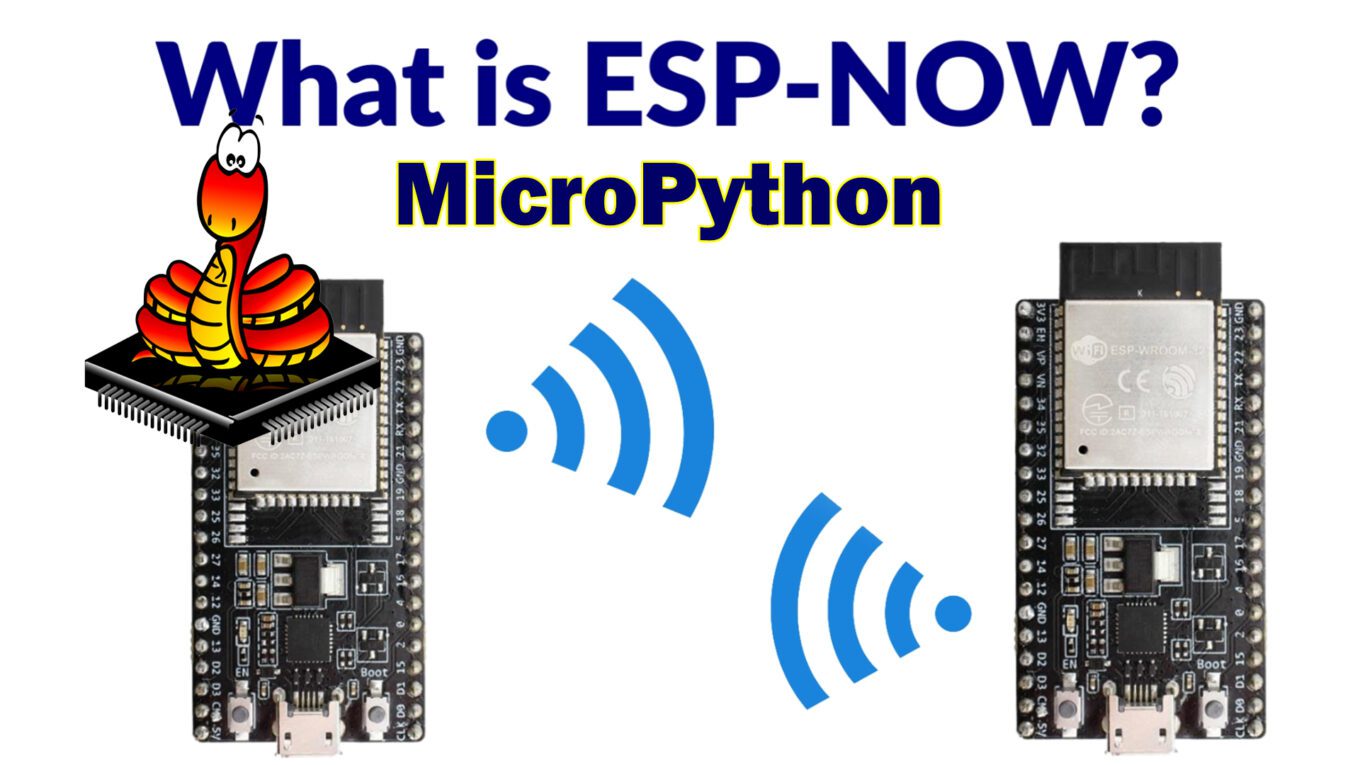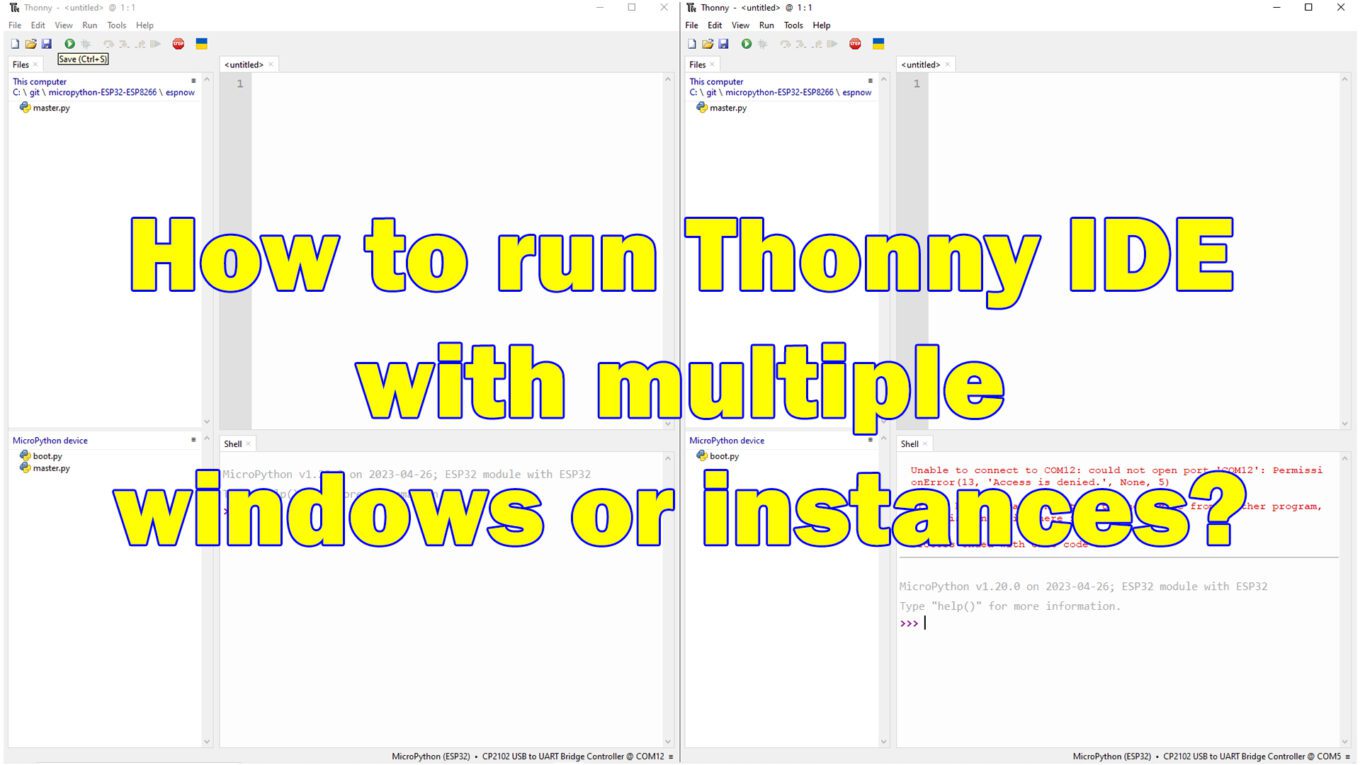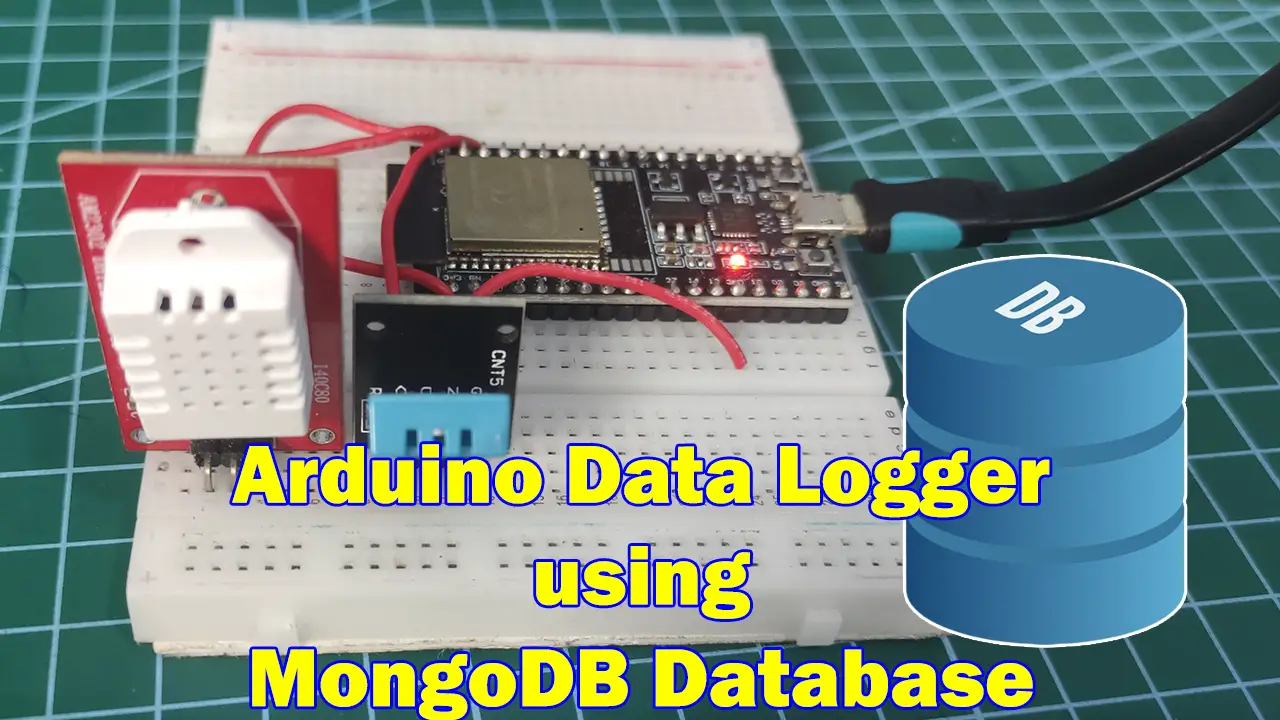-
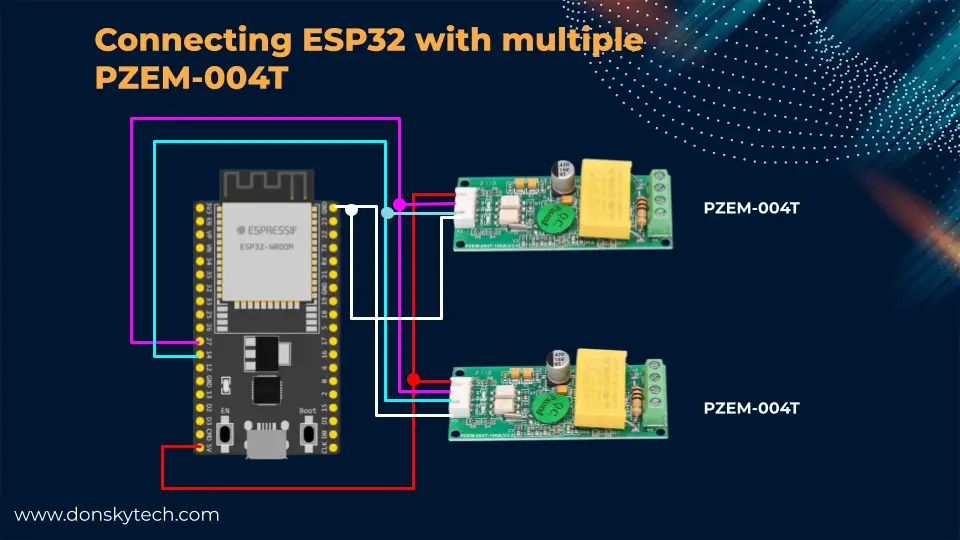
ESP32 and PZEM-004T: How to retrieve multiple PZEM-004T readings using Arduino?
Introduction Nowadays, electricity power rates are going higher and higher so keeping track of your consumption is not a bad […]
-

Exploring Node-Red, Dashboard 2.0, and MQTT
Introduction Do you want to control your Arduino electronic circuits using a Web Application but you are not familiar with […]
-

Controlling your Arduino Projects through Serial Communication
Introduction Serial communication is the process of sending messages between a sender and a receiver one bit at a time. […]
-

Using ESP32 SoftwareSerial in your Arduino Projects
Introduction If you have worked with the Arduino Uno R3 board, I am sure that you have used SoftwareSerial library […]
-

Integrating ESP-NOW with MicroPython and WiFi
Learn how to use Wi-Fi, MicroPython, and ESP-NOW to accomplish seamless communication. Expand your IoT capabilities by learning more about the potential of asynchronous data transmission.
-

Sensor Data Sharing with ESP-NOW in MicroPython
Discover how to use MicroPython to easily transfer sensor data with ESP-NOW. Investigate hardware configuration, data collection, cutting-edge methods, and practical applications for effective IoT and sensor network projects.
-

Discovering ESP-Now in MicroPython with Asyncio
Explore the power of asyncio in ESP-Now with MicroPython. Learn how to harness the capabilities of asynchronous programming to enhance the efficiency and responsiveness of your ESP-Now IoT projects.
-

Exploring ESP-NOW in MicroPython: A Learner’s Guide
Explore the power of ESP-NOW in MicroPython. Get started creating Internet of Things (IoT) projects with this wireless communication protocol
-

How do you run Thonny IDE with multiple windows or instances?
This post will show you how you can run Thonny IDE with multiple windows or instances so you can work on multiple projects simultaneously
-

Arduino Data Logger using MongoDB Database
This post will show you how you can create your own Arduino Data Logger application that will save temperature readings to your MongoDB database
